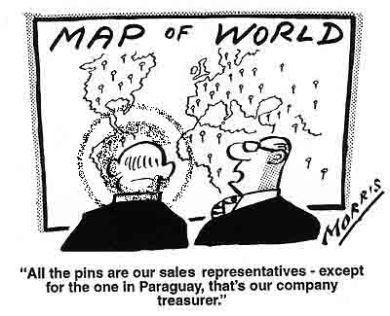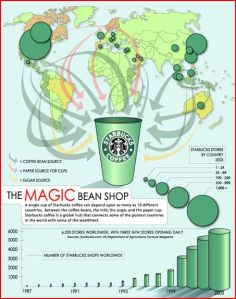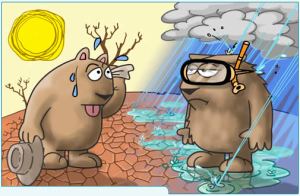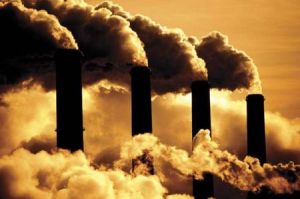Kyra Binaxas
Human culture has always been distributed across the globe in different ways. A new element of human culture that seems to be having a great impact on human society at a now global scale is network marketing. Network marketing is a fairly new type of industry that has been said to be the business of the twenty-first century.
The concept is that a product gets recognized and sold due to word of mouth from ordinary people in every day life versus utilizing celebrities, adds, and in store sales. By using this method average people are able to create residual income based on how many individuals they recruit to buy, utilize, and promote the product themselves. Many motivational speakers such as Robert Kiyosaki back this industry one hundred percent!
It has, in fact, been proven to create more millionaires than any other industry out there! Different cultures have different perspectives on this concept of network marketing. When promotion for making money in this way is passed on to many of the eastern cultures- people of that area is not as consumed with financial issues as those of the western world. Value to them lies more so in family assets and traditional culture than becoming the next billionaire. As a result this service is not as popular. Also it does take money to start up in this industry so it would not be able to work in the more poverty stricken areas of the world. With any industry great risk is involved, but especially with network marketing because not all companies involved in this industry are ethical. Whatever business people choose to enter I can only hope that they have done their research, know that it is the right choice for them, and always continue to remain passionate!
Works cited
- . N.p.. Web. 9 Dec 2013. <http://richdadmanila.com/is-network-marketing-the-business-of-the-future/>.
- . N.p.. Web. 9 Dec 2013. <http://mlmattorney.com/blog/2012/06/21/network-marketing-a-growing-industry-hard-facts-and-the-future/>.
Edited by:
Jacob Standafer, Jessica Silvestri, Ellie Strandquist









